Turbinicarpus valdezianus rare cactus seeds pack of 10 seeds
₹199.00
Out of stock
Email when stock available
Turbinicarpus valdezianus Origin and Habitat: Mexico (This cactus occurs in Mexico from Saltillo, in Coahuila state southwards nearly to Matehuala in San Luis Potosí in an area of 40,000 km². It is estimated that there are less than 10,000 plants.)
Altitude range: It grows at altitudes ranging from 1,400 to 1,600 metres above sea level.
Habitat and Ecology: This cactus grows in typical Chihuahuan Desert vegetation among calcareous rocks. The major threats for this species are illegal collecting and human activities. The northernmost subpopulations near Saltillo are affected by the construction of an airport and the expanding chicken farms. Large numbers of plants have been and continue to be removed by collectors at known sites.
Turbinicarpus valdezianus Description: Turbinicarpus valdezianus is one the smallest and slowest growing Turbinicarpus with tiny feathery spines that obscure the body of the plant, it is usually solitary but sometime form clusters of few branches.
Stem: Young plants are spherical, then cylindrical with a narrower base and short spirally arranged tubercles, the apex is completely covered by the plumose spination. Typically half of it is underground with a big tap root. The plants are about 3-5 cm high and 1-2 cm in diameter.
Spines: Turbinicarpus valdezianus is a pectinate-spines species, but the the pectinate spines are not in the two neat rows as in Turbinicarpus pseudopectinatus, the ca. 25-30 spines, are dense, feathery and white, about 0.5 mm long, spreading flat around the areoles.
Flowers: One to 5 diurnal, at plant apex. This species is found scattered in small populations in several locations and the colour of the flowers is variable ranging from pinkish-white to bright pink with darker magenta or reddish-brown midveins.
Blooming season (in habitat): T. valdezianus is an early bloomer (February – March).
Be the first to review “Turbinicarpus valdezianus rare cactus seeds pack of 10 seeds” Cancel reply
You must be logged in to post a review.
Related products
cactus and succulent seeds
cactus and succulent seeds
Carnegiea gigantea (Saguaro) Seeds rare Cactus Seeds Pack of 20 seeds
cactus and succulent seeds
Gymnocalycium mihanovichii seeds Variegated Seeds pack of 15-20 seeds
cactus and succulent seeds



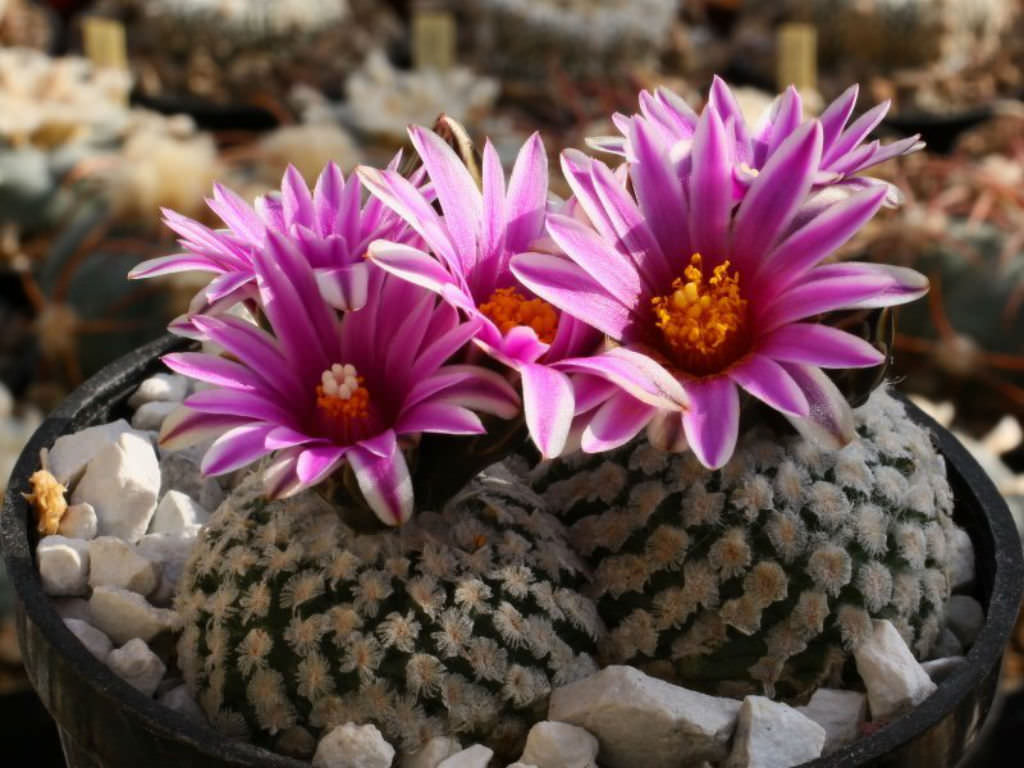

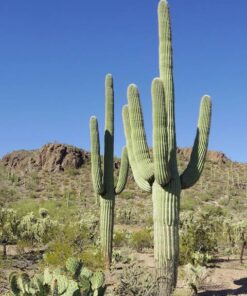
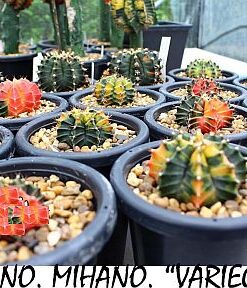
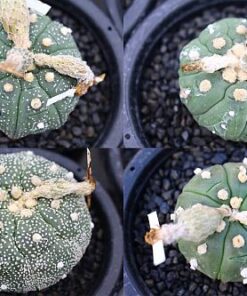
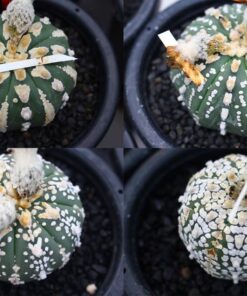

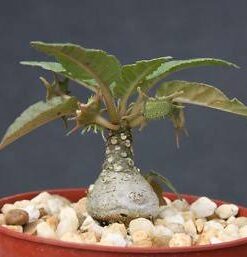

Reviews
There are no reviews yet.